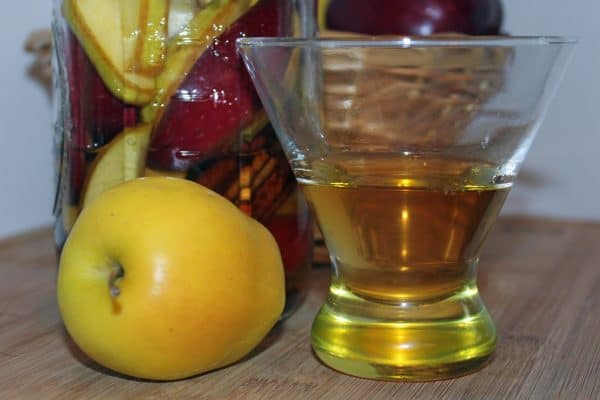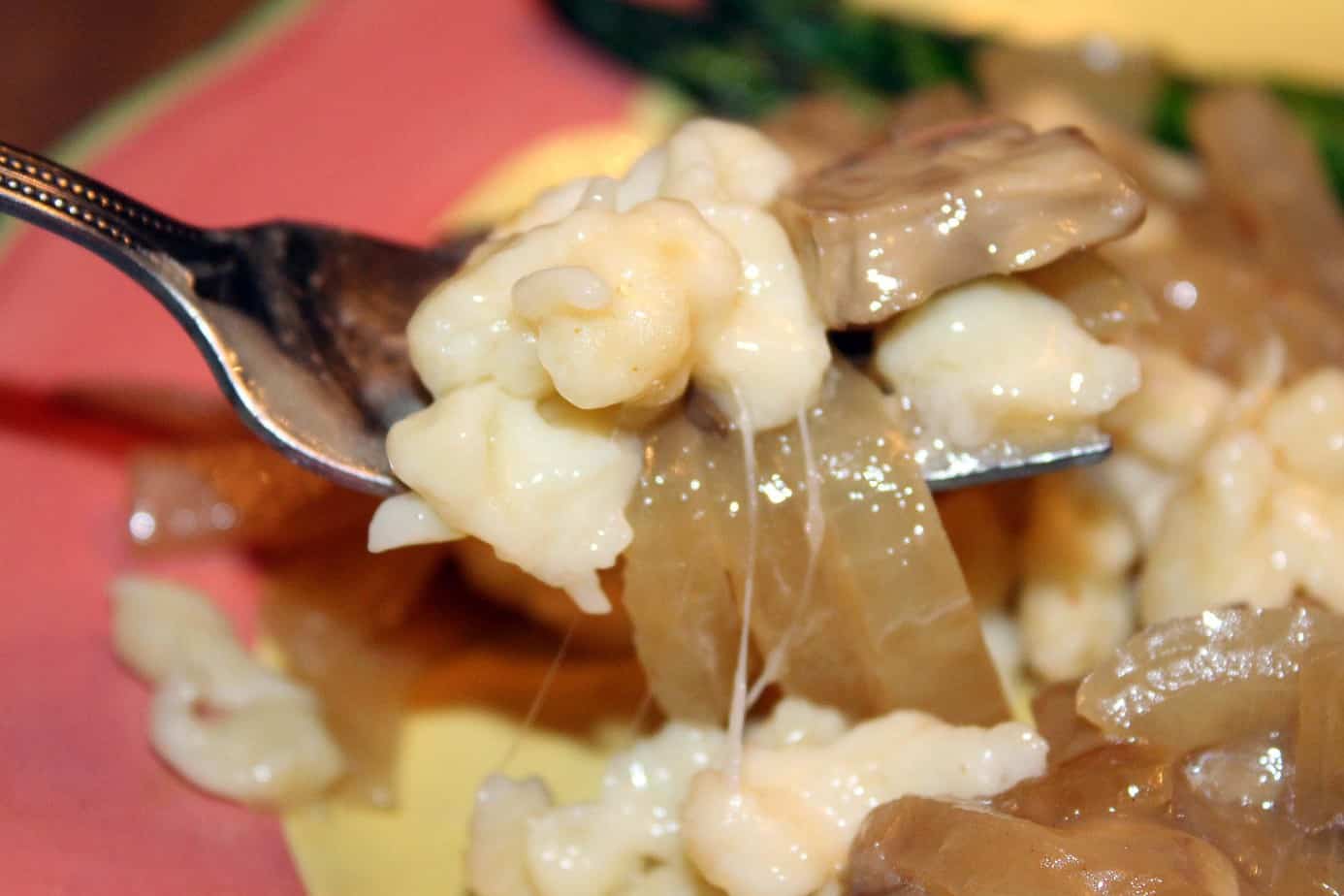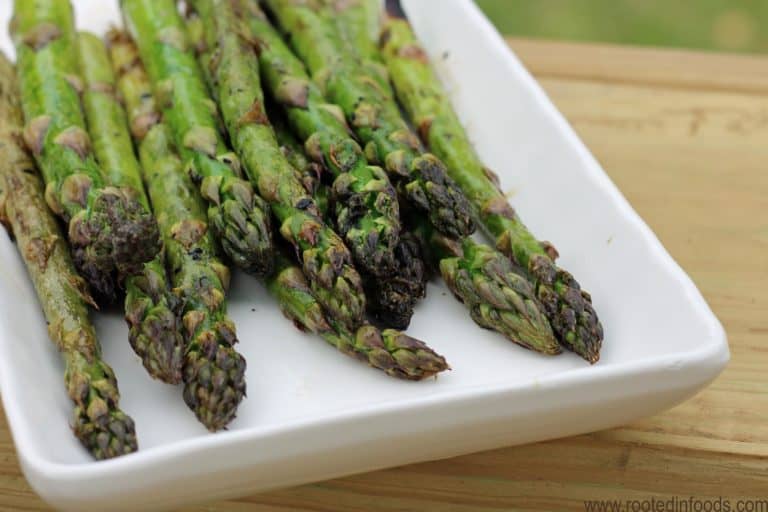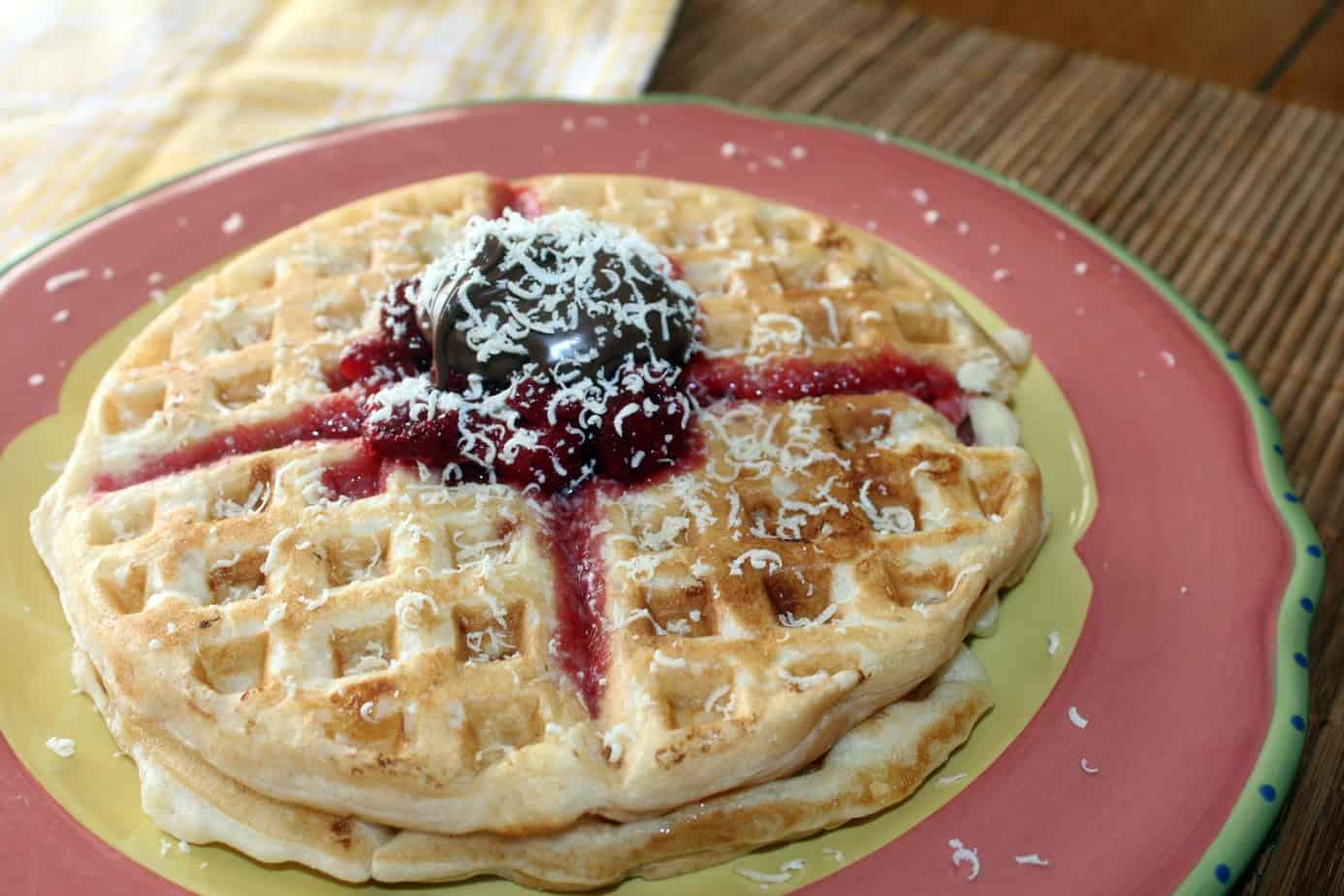Eggless Chocolate Pudding
During WWI, the US Food and Drug Administration (FDA) created a program to help provide food for US troops and those of our allies. This rationing program heavily relied on US citizens’ patriotism and compassion. Eggs were included in the food sent overseas which, paired with other economic pressures, ultimately caused an egg shortage in 1919.
WWI Food Rations
After three years of battle, European farms were all but obliterated or, at the least, left unattended while young men were fighting. Troops were nearing starvation. Wartime propaganda in the US declared “Food

Meat, wheat, fats, and sugar were among the highest sought foods for our troops. As a result, posters and newspapers offered up ways to have “Meatless Tuesdays” and Wheatless Wednesdays”. In an effort to help people shift their cooking patterns, food boards were set up across the country to provide education, demonstrations, and recipes that used substitutions. All of these efforts led to a doubling of food sent overseas and a 15% decrease in consumption on the home front between 1918 and 1919.
1919 Egg Shortage
While eggs weren’t at the top of the must send list, they were still sent, leading us straight into a shortage of sorts at the end of 1918. The needs of our troops and the higher price of feed left us with eggs that went from $.60 per dozen to well over $.80 per dozen. That was a substantial difference for the typical family when the average annual salary
As a result, newspapers were printing “eggless” recipes. Recipes that normally called for eggs were converted into variations that used egg substirtues. This clipping from the January 6, 1919 edition of the Times Leader in Wilkes-Barre, Pennsylvania provides recipes for eggless pudding and tapioca.

Modernized Recipe
I love pudding, especially chocolate pudding, so I had to give this a try! I’ll admit, boxed instant pudding mix is easier, but this recipe gives you more control over what’s in your chocolate pudding! Especially if you are trying to avoid all the dyes and preservatives in prepared foods.
This was super simple, too. I made half of what this 1919 recipe yields. After I ate it all … yes, all of it … I realized it would freeze really well for homemade ice cream! I’ll be making this one again.






